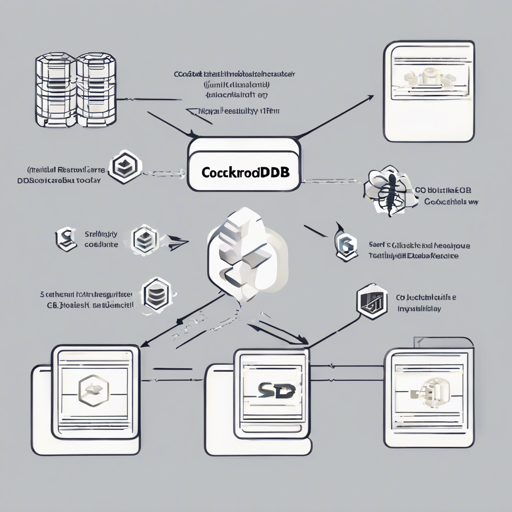CockroachDB is a powerful, cloud-native distributed SQL database designed to scale and manage modern, data-intensive applications effortlessly. This guide aims to make your journey into the world of CockroachDB as smooth as possible. Let’s dive in!
What is CockroachDB?
CockroachDB functions like a resilient, high-performing ant colony. Just as ants can adapt, thrive, and cooperate to build their colony, CockroachDB automatically manages data across multiple nodes, ensuring scalability and robustness. It’s built on a transactional, strongly-consistent key-value store that gracefully handles hardware failures without human intervention. Its support for ACID transactions and the familiar SQL API makes it user-friendly for developers.
If you want to explore more, check out our FAQ or dive deep into the architecture document.
Starting with Cockroach Cloud
You don’t have to worry about managing your own cluster; CockroachDB can run in the cloud for you! For an easy start, visit Quickstart with Cockroach Cloud.
Getting Started with CockroachDB Locally
-
Install CockroachDB: You can either use a pre-built executable or build it from source.
-
Start a local cluster and connect using the built-in SQL client.
-
Learn the ins and outs of CockroachDB SQL via our SQL guide.
-
Build an application with CockroachDB using a PostgreSQL-compatible driver or ORM by following our example app guide.
-
Explore important features like data replication, automatic rebalancing, and fault tolerance and recovery.
Client Drivers
CockroachDB uses the PostgreSQL wire protocol, which means you can connect using any PostgreSQL client drivers available.
Check out our guide on installing client drivers for recommendations.
Deployment Options
- CockroachCloud – Step-by-step to create a free CockroachCloud cluster on your preferred cloud platform.
- Manual Deployment – Learn how to manually deploy CockroachDB across multiple machines.
- Cloud Deployment – Guides for deploying CockroachDB on various cloud platforms.
- Orchestration – Running CockroachDB with popular open-source orchestration systems.
Troubleshooting
If you encounter any issues during setup or operation, consider these resources:
- CockroachDB Community Slack – Connect with engineers and other users for real-time help.
- CockroachDB Forum and Stack Overflow – Ask questions and explore answers.
- Troubleshooting documentation – Get help on common errors, cluster setup, and SQL query behavior.
- For filing bugs, suggesting improvements, or requesting new features, help us out by opening an issue.
For more insights, updates, or to collaborate on AI development projects, stay connected with fxis.ai.
Conclusion
By following this guide, you’ll set up CockroachDB smoothly and efficiently, reaping its benefits to manage data effectively. As CockroachDB excels in fault tolerance and horizontal scalability, it truly shines in modern application scenarios.
At fxis.ai, we believe that such advancements are crucial for the future of AI, as they enable more comprehensive and effective solutions. Our team is continually exploring new methodologies to push the envelope in artificial intelligence, ensuring that our clients benefit from the latest technological innovations.

